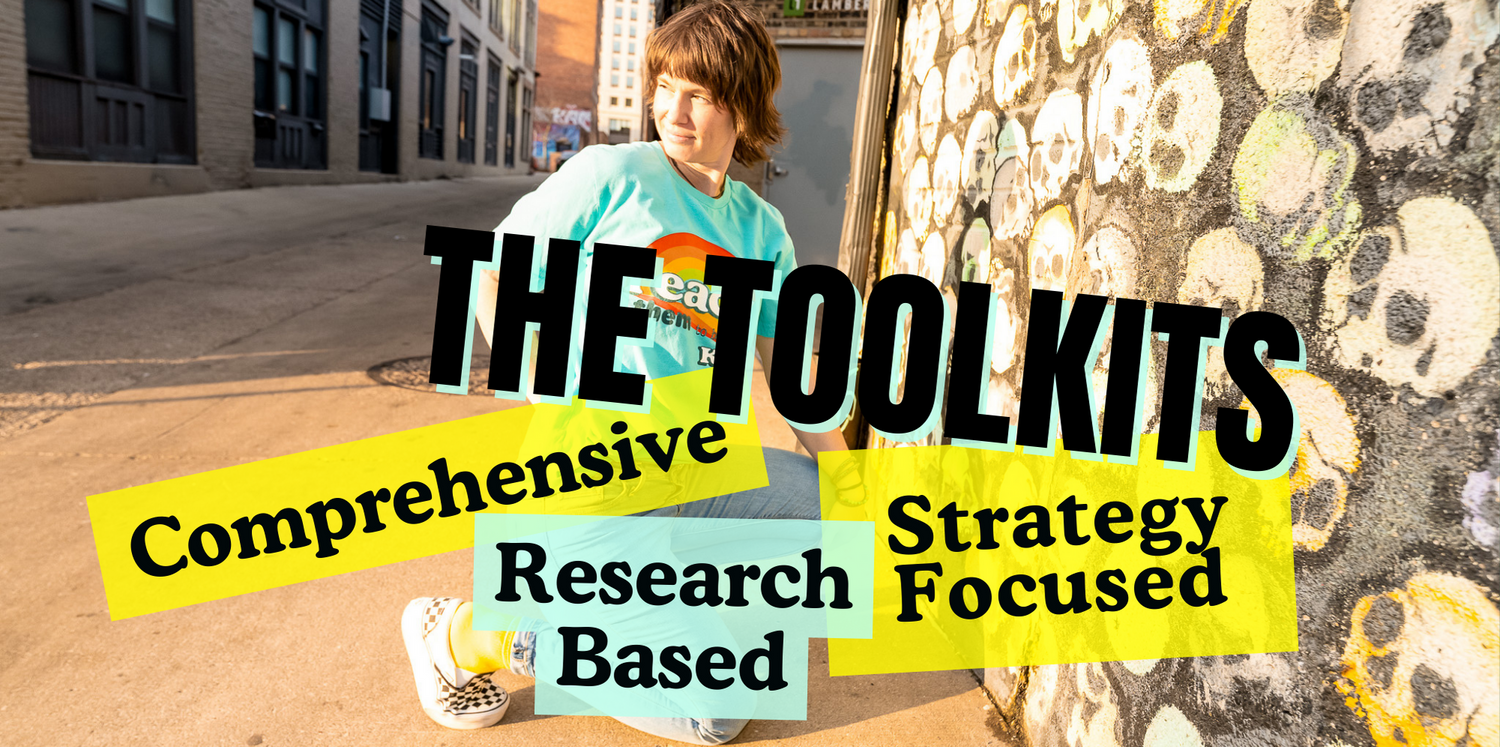
Is Inclusion Really That Hard?
Share
Of course I might be biased.
I work in special education, have used the practices and tools for years, I have fewer kids (albeit, with more severe needs), and I am supported by my district.
But hear me out...
The more I think about it, read about it, and talk about it, I am confident in my opinion that it is easier than ANY other behavior/classroom management system out there.
What makes me so confident, I’ve done it, I’ve seen it done, I have the ease it creates when implemented successfully, and I understand that when everyone feels included and represented motivation increases, like a lot.
BUT when I say that it is easy, it’s not because using all of the different strategies at once are easy. I MEAN that once you have it down it makes the job significantly easier.
So what does it mean to create an inclusive learning environment?
It means that a learning environment is one which students of all identities and backgrounds can thrive.
Inclusive teaching involves deliberately cultivating a learning environment where all students are treated equitably, have equal access to learning, and feel valued and supported in their learning. Such teaching attends to social identities and seeks to change the ways systemic inequities shape dynamics in teaching-learning spaces, affect individuals’ experiences of those spaces, and influence course and curriculum design. *
But it’s so expensive!
What if I told you that the best inclusive practices are 100% free.
Such as providing 5 full seconds of wait time after you ask a question, by mentally counting in your head “one thousand one, one thousand two, one thousand three…”
OR
Giving students a full minute to write/draw a response on a piece of scrap paper or a notecard, then have them answer verbally.
There are a ton of free examples of inclusive practices like these out there.
My student’s can’t handle it…
For this response I always ask four questions:
- Have you given the activity a lot of consideration?
- Did you model what each part of it looks like?
- Have you explicitly taught your expectations and communicated the consequences?
- Have you followed through with your consequences?
Students can handle being included, however, if they don’t know what to do or it is worth it to goof off then they are going to act out, probably for a variety of reasons.
So let’s think about the consideration and modeling that would go into the inclusive technique Think-Pair-Share:
- You will model exactly what you want it to look like and sound like.
- You can provide sentence and question prompts to scaffold this activity even more.
- Pair students according to personalities, strengths and struggles.
- Have students practice with a topic that is easy and fun.
And communicating the expectations and consequences:
- You will use explicit language such as “When… happens, you will respond with…”
- List expectations for respectfully disagreeing
- Display expectations after they have been talked about
- Review consequences of not meeting expectations around being responsible and respectful
- Write down who owes you what consequence on a sticky note, keep your consequences light (think annoying over punitive) and related to the behavior (such as reviewing expectations at recess or lunch)
These are just a few examples of using inclusive techniques in the classroom. There are hundreds out there and if you want a document that has hundreds of techniques I suggest you grab the Neurodivergent Toolkit linked here.
Well, when you put it that way…
The main point of this post is that inclusion is fairly easy once you know what is out there and how it needs to be implemented. Because inclusion provides opportunities for access to all students it severely cuts down on behaviors from students who are distracted, frustrated, or bored easily. Which happens to be a lot of kids.
When you implement inclusive practices you can cut down on over 90% of your behaviors and then have time to work with students who really struggle and are “behavioral kids” and not just unengaged.
Now what…
Get hundreds of inclusive practices, how to implement them, the what, when and why of implementation, behavior analysis guides, lesson plans and more in the Neurodivergent Toolkit → here.
Contribute to the discussion…
How did this post align with your understanding of inclusion?
What are your thoughts on creating inclusive classrooms? Is it more about cost or is it more about knowledge?







